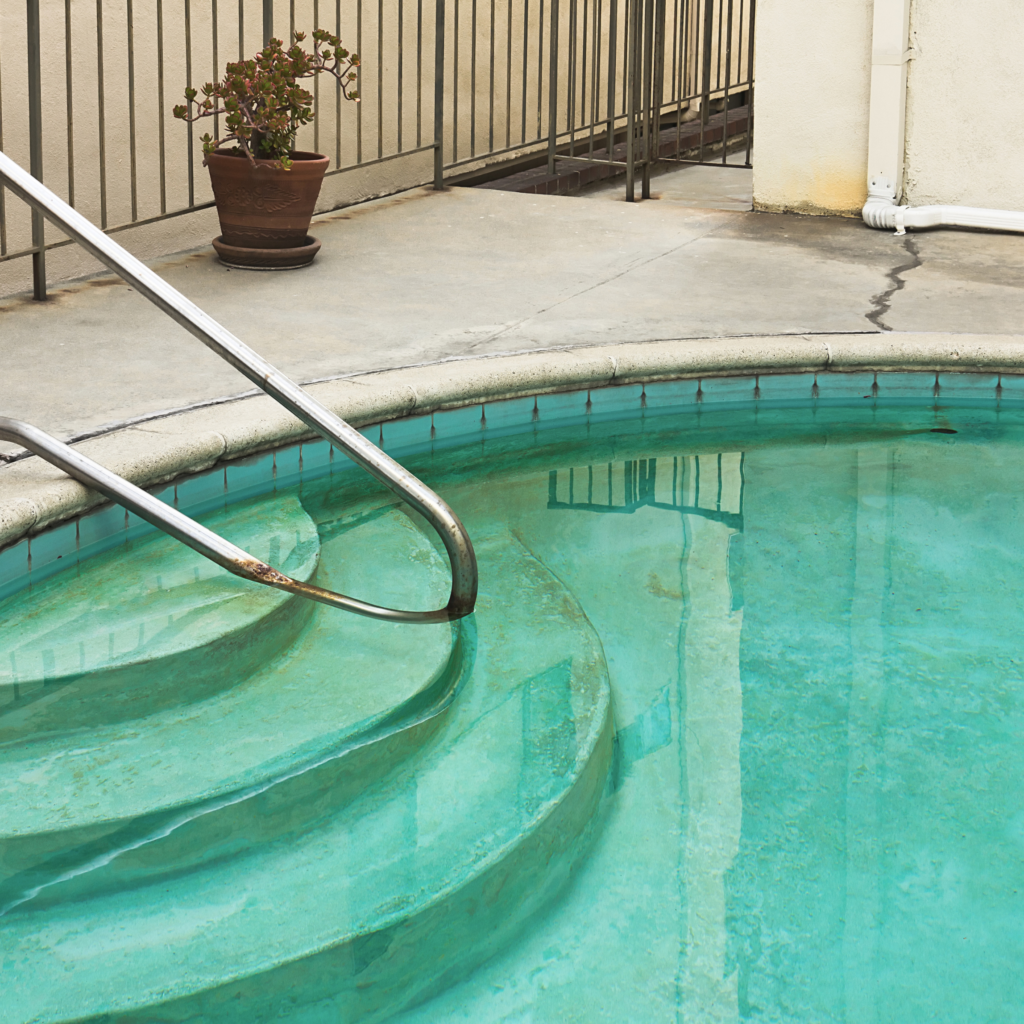Pool Pro Tip:

Removing metals from your pool
Why removing metals is important?
This is because chlorine initially binds with metals, such as copper and iron, before targeting bacteria, viruses, and algae. If chlorine binds to metals first, its efficacy against unwanted microorganisms is significantly reduced.
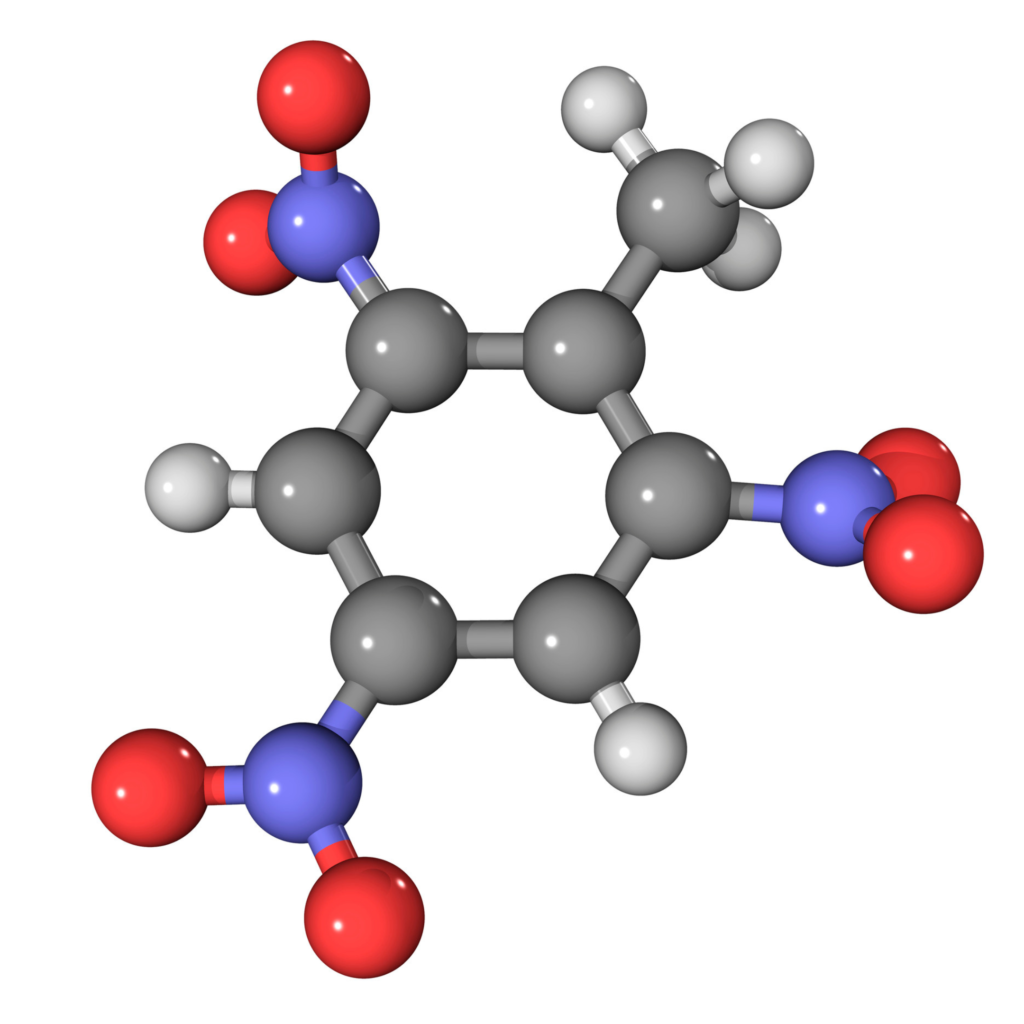
Test + Diagnose + Treat
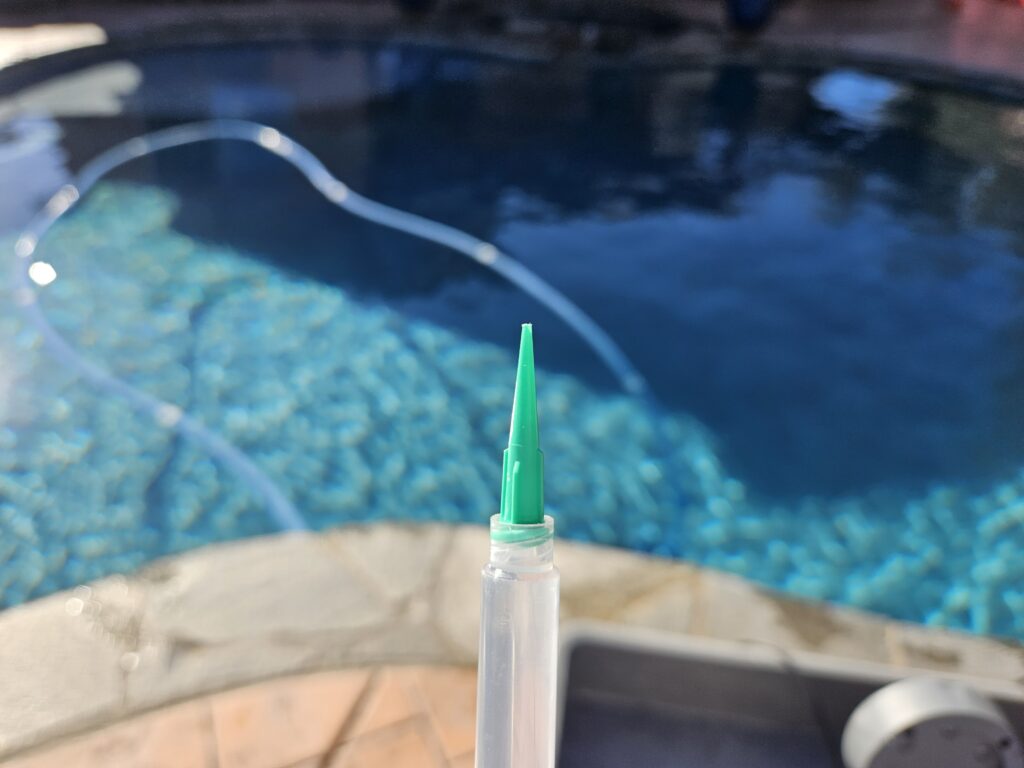
1. Digital Water Test
Perform a precise-digital water test to accurately detect metals. Metals, such as iron and copper, can infiltrate pool water from various sources including objects such as metal poles, hair clips and toys, and other sources such as municipal leaching particularly if the water comes from wells. Furthermore, the corrosion of metal pipes within the water supply and aging plumbing, along with contributions from pool equipment like water heaters, can actively introduce these metals into the pool environment.
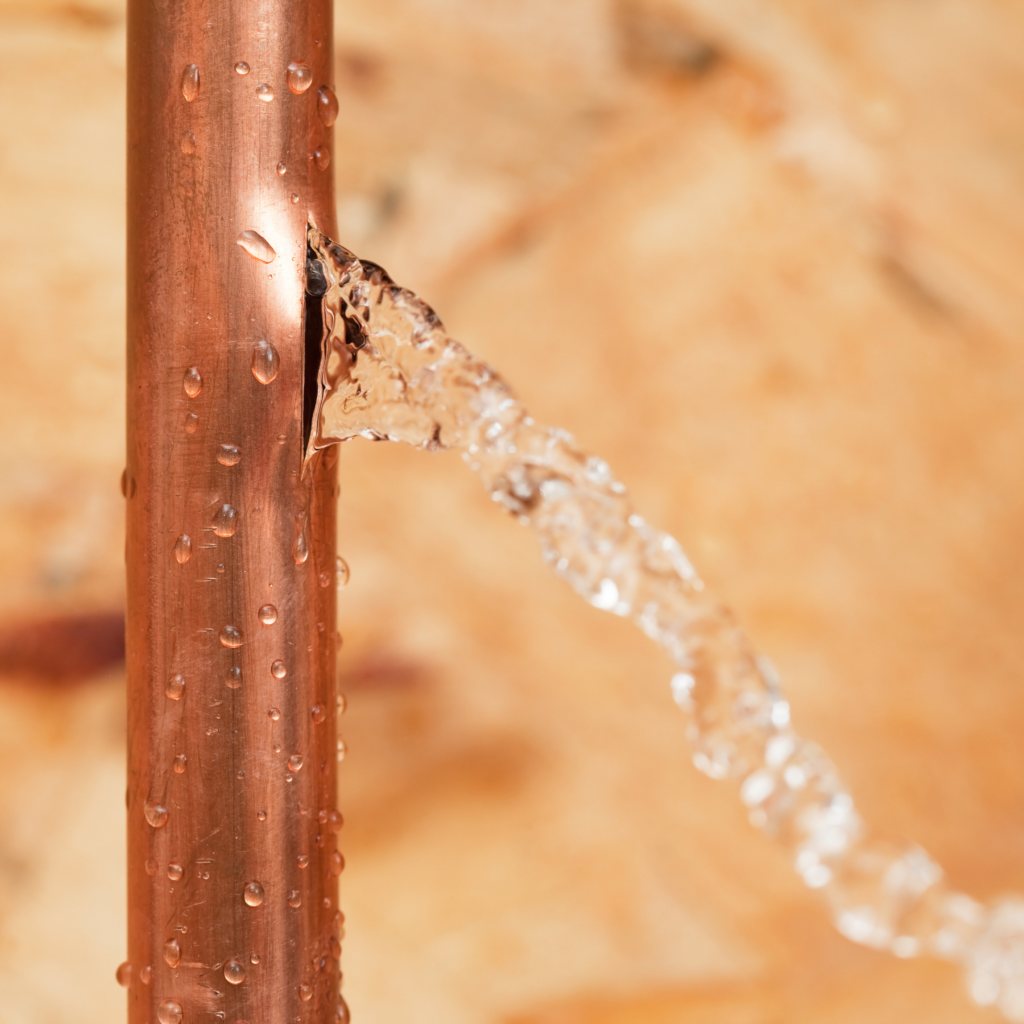
2. Effects of Copper
Chlorine chemically reacts with copper, forming copper chloride compounds. This reaction is particularly notable in acidic conditions. The consequences of such reactions include the precipitation of copper compounds, leading to water discoloration and the potential for staining surfaces. Additionally, excessive copper presence can hinder chlorine’s effectiveness against bacteria, viruses, and algae, compromising the overall disinfection of the pool water.
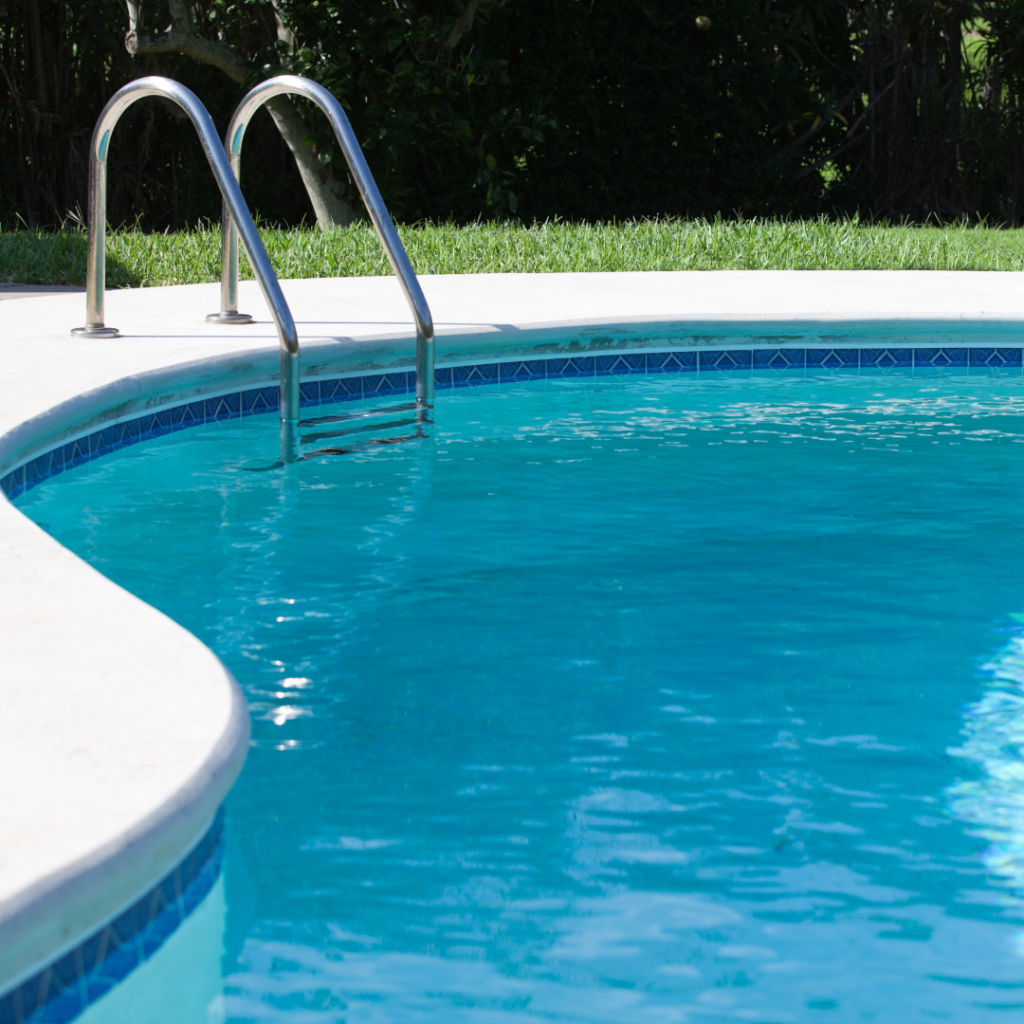
3. Effects of Iron
Iron chemically reacts with chlorine, resulting in the formation of iron chloride compounds. When iron is present in excess, it can lead to issues such as water discoloration and the development of rusty or brownish stains on pool surfaces. Also, the reaction between iron and chlorine can diminish the efficacy of chlorine as a disinfectant, potentially compromising the pool water’s ability to combat bacteria, viruses, and algae. Regularly managing and removing excess iron is crucial to maintain water quality and prevent aesthetic and functional issues in the pool.
How to remove metals?
Surface Stains
Failing to eliminate metals like iron and copper from your pool might lead to surface staining and the emergence of undesirable colors caused by chemical reactions in the pool water.
